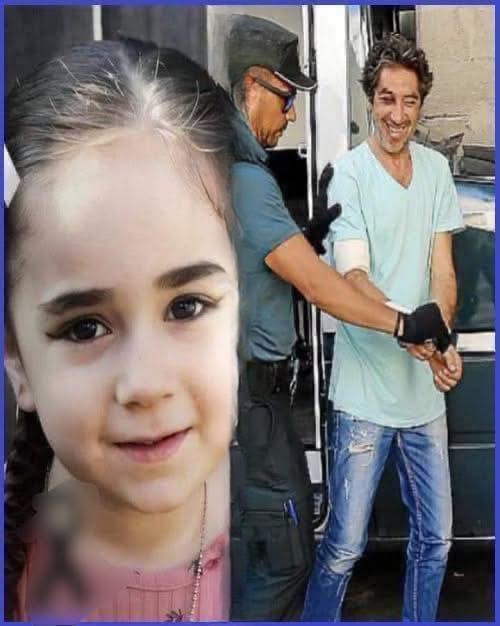When a child goes missing, it sends a shockwave through families and communities. In neighborhoods where children often roam freely to nearby stores, parks, or schools, such events strike a deeply personal chord. The disappearance of a child is never just a private tragedy—it is a public concern, sparking anxiety, reflection, and calls for systemic action.
One case that drew national attention involved Perla Alison, a young girl from Santa Martha Acatitla, whose routine trip to purchase candy ended in tragedy. While many families in her neighborhood trust the safety of their streets for brief errands, Perla’s disappearance highlighted vulnerabilities that can affect even the most ordinary activities.
This article explores the circumstances surrounding her disappearance in a careful, non-graphic way, focusing on the community’s reaction, institutional response, and broader social lessons. The aim is not to sensationalize, but to raise awareness, provide context, and emphasize the importance of protective measures for children.
A Routine Errand Turns Into Concern
On the day of her disappearance, Perla left her home with the simple intention of buying candy at a nearby shop. For most children in Santa Martha Acatitla, such a trip is a familiar and seemingly safe activity. Families in the area rely on the close-knit nature of their neighborhoods, where neighbors often know each other well and streets are familiar.
When she did not return home on time, her family initially assumed she might have been delayed. However, as hours passed with no contact, their concern grew into alarm. They began checking familiar spots and contacting friends and neighbors to inquire if anyone had seen her. Despite the rapid mobilization of family members and local residents, there was no sign of Perla.
Recognizing the urgency of the situation, her family reported her missing to local authorities. This step initiated a formal search process, which included law enforcement patrols, neighborhood canvassing, and early media alerts. The community came together, driven by both concern for the missing child and the shared responsibility felt by residents in ensuring the safety of local youth.
Community Mobilization and Support
Santa Martha Acatitla, like many urban neighborhoods, is a place where community ties are strong. When a child goes missing, these connections become a vital source of support. Residents mobilized quickly, posting notices, contacting neighbors, and creating local search teams. The local schools, community centers, and religious institutions also contributed by disseminating information and raising awareness about the missing child.
In addition to the search efforts, families and neighbors offered emotional support to Perla’s immediate family. The trauma of a missing child can be isolating, but in this instance, the neighborhood demonstrated resilience and solidarity. This collective response underscores the importance of community networks in mitigating the risks and anxieties associated with missing children.
The Discovery and Investigation
Several days after her disappearance, authorities received a report from a concerned neighbor near the Constitución de 1917 metro station, who noted a strong odor emanating from an abandoned building. While the situation was initially ambiguous, law enforcement responded promptly. The subsequent investigation confirmed the presence of human remains, later identified as belonging to Perla Alison.
Official statements indicated that the case would be investigated under femicide protocols. While details of the investigation are not publicly disclosed for safety and legal reasons, law enforcement emphasized a commitment to thorough examination, evidence collection, and procedural rigor.
This moment marked a profound shift in the case—from a missing child to a situation demanding justice and accountability. Local residents, while grieving, also began to ask critical questions about the factors that contributed to the tragedy, including the safety of public spaces, the responsiveness of authorities, and the broader societal conditions that leave children vulnerable.
A Nation Reacts: Public Outrage and Calls for Justice
News of Perla’s death quickly moved beyond Santa Martha Acatitla, reaching national attention. The case became emblematic of broader societal concerns regarding the safety of children, gender-based violence, and institutional responsibilities. Feminist groups, civil organizations, and social advocates expressed deep concern, framing the incident within ongoing discussions about violence against women and girls.
Public demonstrations were organized in major cities, with participants carrying banners advocating justice, improved protective measures, and enhanced monitoring of vulnerable populations. Social media amplified these messages, allowing citizens across the country to engage in conversation, share resources, and express solidarity with Perla’s family.
The nationwide response illustrates a collective awareness: protecting children is not solely the responsibility of families; it is a societal obligation, requiring the involvement of authorities, community members, and policymakers alike.
Understanding Femicide and Gender-Based Violence
While the specifics of Perla’s case are sensitive, it highlights the broader issue of gender-based violence. Femicide—the killing of a girl or woman based on her gender—is recognized internationally as a critical social problem. In countries like Mexico, activists, civil organizations, and governmental bodies have been increasingly focused on addressing femicide and ensuring protective measures are in place.
Educational campaigns, community outreach programs, and policy initiatives are vital in reducing the risk of harm to vulnerable groups. By situating Perla’s case within this broader context, it is possible to discuss solutions and preventative strategies without sensationalizing the tragedy.
